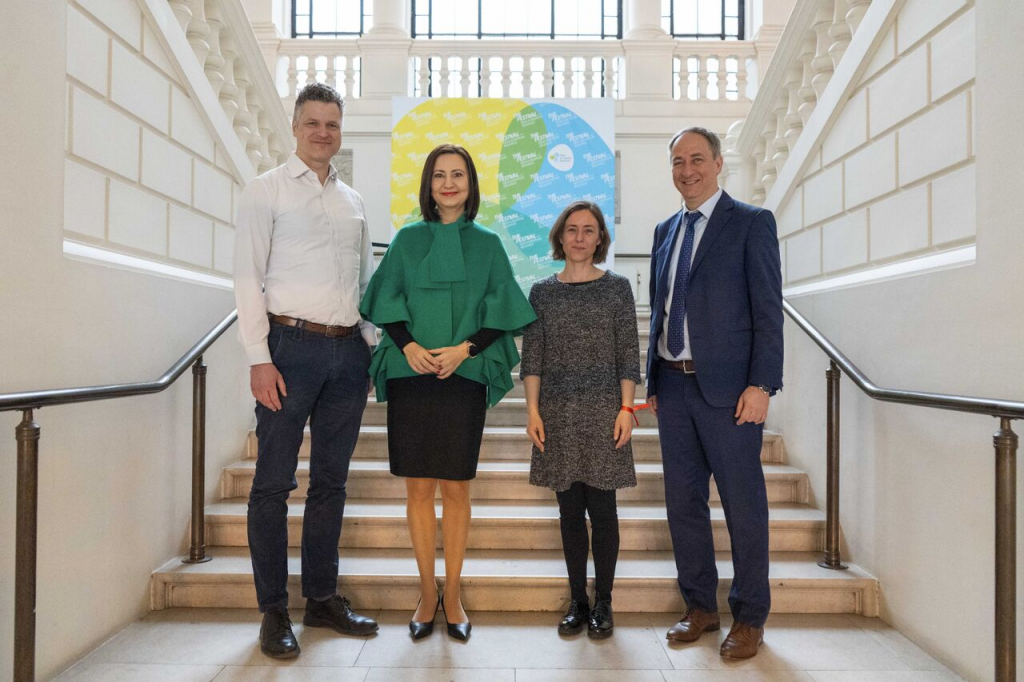
April 17, 2024


Dr David DeVallance is the Renewable Materials Composites group leader at InnoRenew CoE, Vice Rector for Internationalization at the University of Primorska (UP) and associate professor at UP’s Faculty of Mathematics, Natural Sciences and Information Technologies. A few years ago, he moved from the USA to Koper, Slovenia.
In his research, Dr DeVallance primarily focuses on wood, which is not surprising since most houses in the USA are wooden. He also specializes in wood composites. In order for these composites to be functional, the wood used to make them needs to be of high quality. Consequently, these wood-based composites are expensive, which is why Dr DeVallance, together with his colleagues, is researching how to produce wood composites from lower quality, cheaper wood.
He is also interested in green buildings and sustainable development.
“My interest in sustainable design stems from my background in research and teaching in sustainable construction,” said Dr DeVallance.
“I am extremely concerned with understanding material use within green buildings and developing new materials and construction methods to improve the energy efficiency of buildings,” he added. “For example, in the EU, buildings account for 36 percent of CO2 emissions and 40 percent of energy consumption; so, by developing new materials and advanced framing and construction methods, my goal is to help reduce the energy use for heating and cooling in buildings so that housing, in particular, can be affordable to lower income families, all while reducing the environmental impact of buildings.”
Dr DeVallance received a Bachelor of Science in wood products processing and manufacturing from the Pennsylvania State University and his Master of Science and PhD in wood science from Oregon State University.
You can find out why Dr DeVallance decided to leave the USA and what other research topics he is exploring at InnoRenew CoE and UP in the article David Brian DeVallance, published in the journal OBALAplus (only in Slovene).